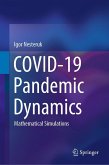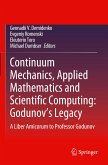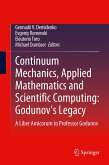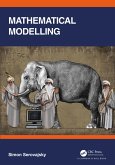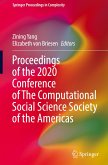This book highlights the estimate of epidemic characteristics for different countries/regions in the world with the use of known SIR (susceptible-infected-removed) model for the dynamics of the epidemic, the known exact solution of the linear differential equations and statistical approach developed before. The COVID-19 pandemic is of great interest to researchers due to its high mortality and a negative impact to the world economy. Correct simulation of the pandemic dynamics needs complicated mathematical models and many efforts for unknown parameters identification. The simple method of detection of the new pandemic wave is proposed and SIR model generalized. The hidden periods, epidemic durations, final numbers of cases, the effective reproduction numbers and probabilities of meeting an infected person are presented for countries like USA, Germany, UK, the Republic of Korea, Italy, Spain, France, the Republic of Moldova, Ukraine, and for the world. The presented information is useful to regulate the quarantine activities and to predict the medical and economic consequences of different/future pandemics.
"I appreciated the book's clear and accessible writing, which provides the reader with a smooth introduction to pandemic modeling. ... I would recommend this book to a range of possible audiences: third-and fourth-year undergraduate students in mathematical disciplines; epidemiologists with some mathematical background who want to learn more about transmission modeling; and graduate students and faculty ... . book's lucid approach with in-depth country case studies will be helpful for learning more about applying mathematical models to inform pandemic response." (Chris Bauch, SIAM Review, Vol. 64 (1), March, 2022)


